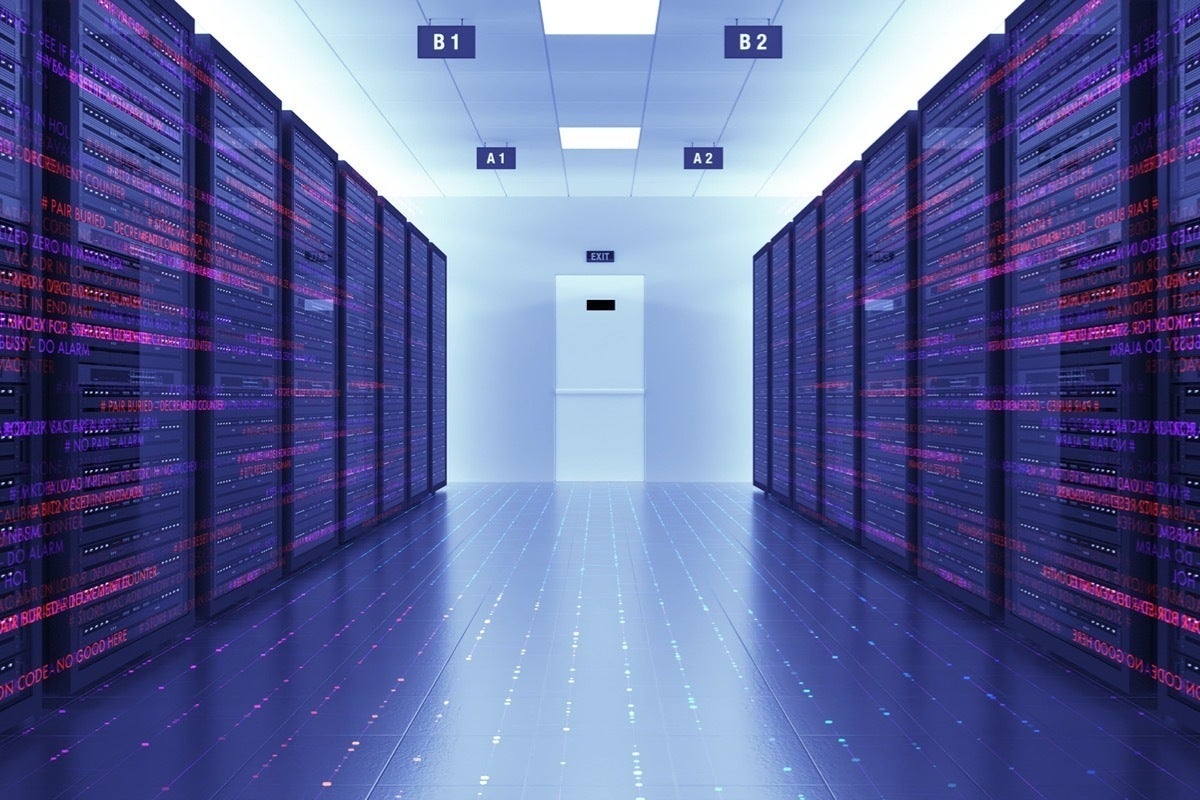- Why I recommend this OnePlus phone over the S25 Ultra - especially at this new low price
- I replaced my laptop with Microsoft's 12-inch Surface Pro for weeks - here's my buying advice now
- This palm recognition smart lock doubles as a video doorbell (and has no monthly fees)
- Samsung is giving these Galaxy phones a big One UI upgrade - here's which models qualify
- 7 MagSafe accessories that I recommend every iPhone user should have
Startup claims its passive data-center cooling system generates power

A Canadian startup called Infinidium Power claims it has a new data-center cooling system that will generate power from the heat generated by the servers deployed within it.
Infinidium claims its Next Generation Datacenter Cooling and Power Supply Infrastructure can reduce both operating and capital costs by as much as 50% through air cooling. It has its own compute containers called the Vortex Vacuum Chamber and a low-voltage direct-current smart Nanogrid, which saves power by not doing AC-to-DC conversion.
A video animation on the company’s site explains how the Vortex Vacuum Chamber sucks in cold air to a bell-shaped chamber where server boards are arranged in levels of circular racks. It uses a combination of the shape of the chamber and physics (warm air rises, cold air sinks) to generate power. Cool air is pulled into the chamber, and as heat generated by the servers warms the air it rises to a vent in the ceiling where it drives a turbine on its way out, generating power.
“It’s much like an old chimney,” CEO Paul Grist told me. “We allow hot air to escape where it wants to go, directly up. In the process as the hot air escapes, it creates a vacuum bringing in outdoor air. We basically create a low-cost, low-velocity controlled tornado inside of our chamber.”
He claims the system eliminates complex cooling infrastructure, like HVAC, as well as backup generators and other auxiliary equipment. The company’s servers are its own design rather than from an ODM like Supermicro. They have no fans, just heat sinksm and are equipped with Xeon E5 and Nvidia 20 series GPUs, which will eventually be replaced with 30 series. Grist said Infinidium is designing the servers in partnership with Nvidia.
No fans in a data center is something that required water cooling, but Grist says it can be done with air.
He says most servers have heat sinks and fans to cool them because they’re designed to fit in tight spaces. But, in general, the fans can be removed from most servers and they will operate “fine” at room temperature with adequate air flow, he says.
But high density racks doing things like AI run notoriously hot, and Grist admits the solution is not for every use case. “As far as density goes, that’s a balancing issue. We still have to test is how high of a density we can get. But we anticipate that we’ll have very similar densities to current data centers,” he said.
The systems can be placed in existing facilities with minimal retrofitting and permitting requirements. The only real retrofitting that a customer would have to do is plug in 12 inch and six inch air holes into the ceiling, just like standard hot air vent. Some upgrading might have to be done to the electrical circuit to accommodate Infinidium’s power network, but overall, Grist said the servers could go into vacant buildings and within weeks be operational. But he emphasized that the chambers are for new deployments and not meant as replacements for existing infrastructure.
Going with the chambers could yield up to 75% capital cost savings, plus savings in cooling costs, which he says is up to 50 percent of data-center operating costs.
In addition to continued R&D, Infinidium is building its own data center as proof of concept to show its system actually works. It’s looking at strategic alliances with other data-center, infrastructure, and operators, infrastructure providers, and operators.
Copyright © 2022 IDG Communications, Inc.

